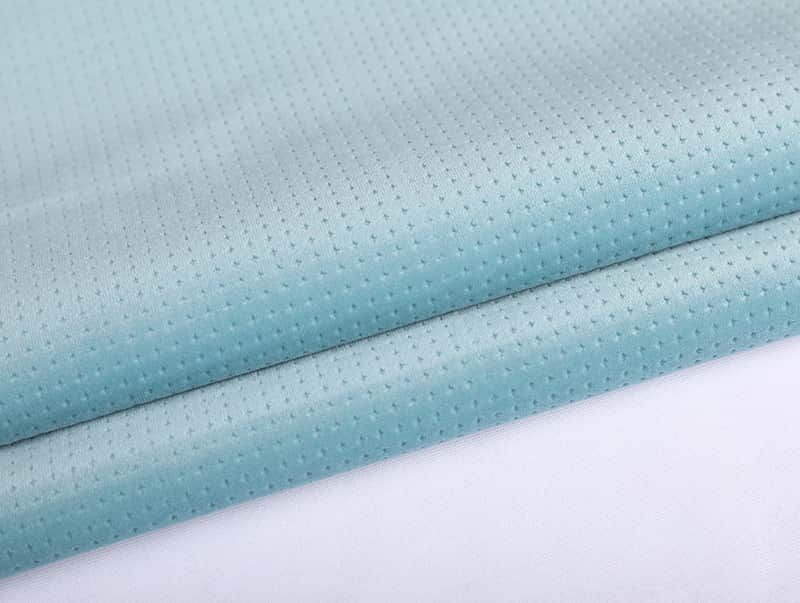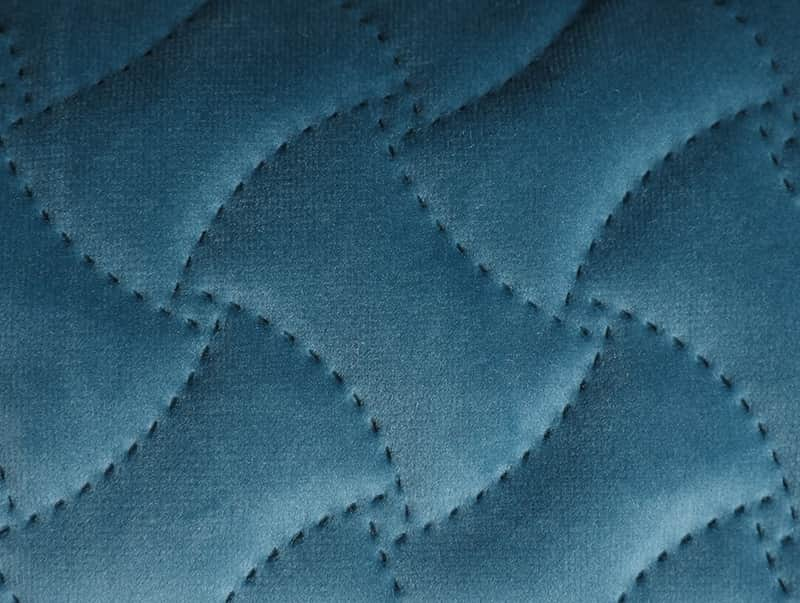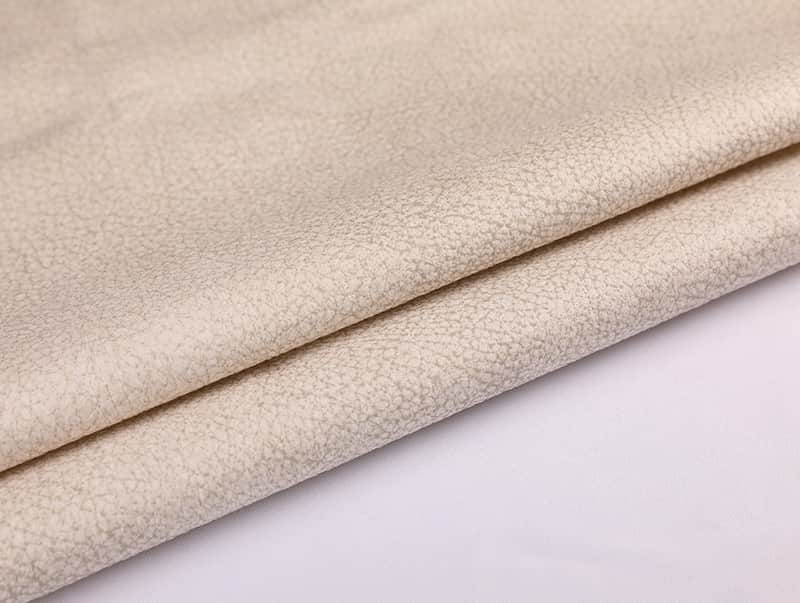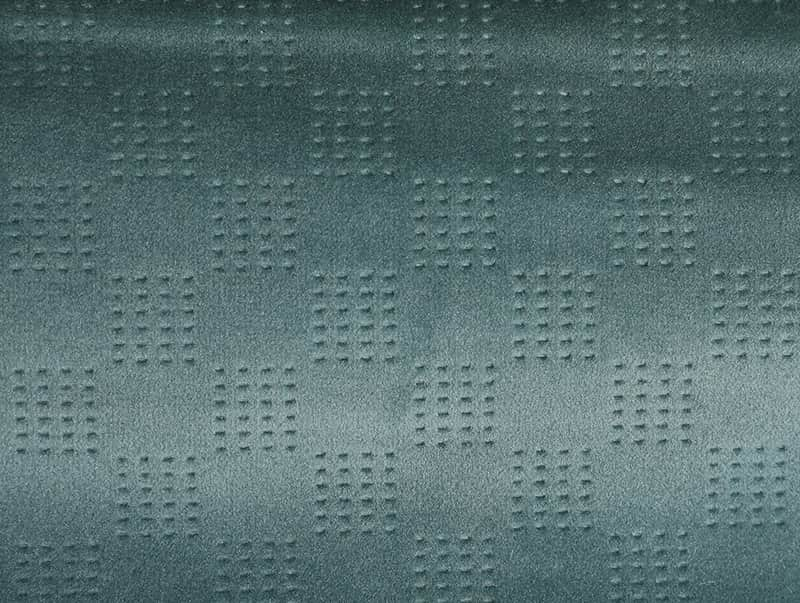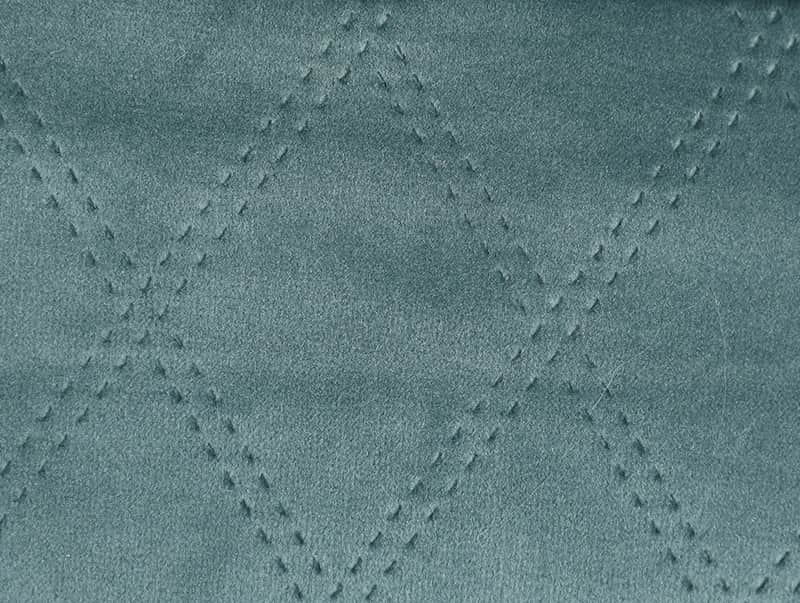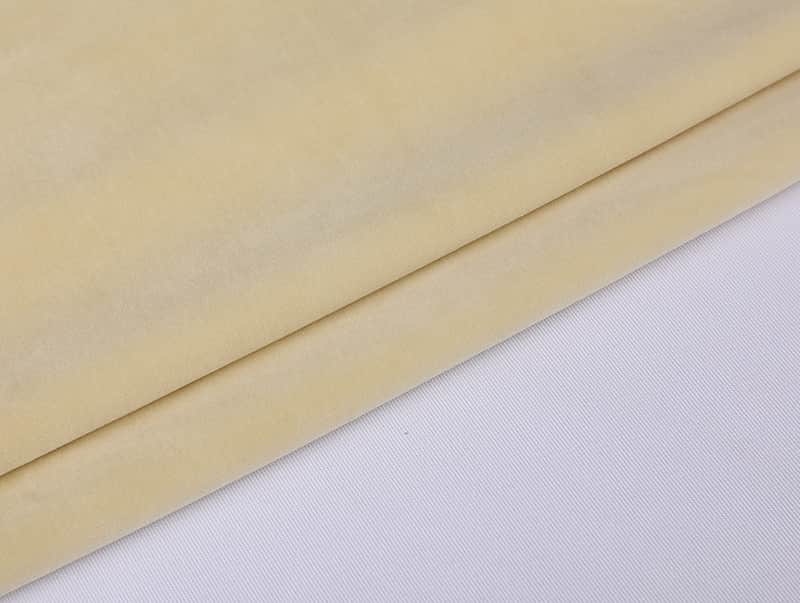The fabric weight and density of plush toy fabric can significantly affect its price due to the amount of raw material required and the manufacturing process involved. Here's how these factors influence the price:
Raw Material Cost: The fabric weight directly correlates with the amount of raw material used to produce the plush toy fabric. Heavier fabrics require more fibers or yarns, increasing the raw material cost for manufacturers.
Manufacturing Costs: Higher fabric density often requires specialized manufacturing techniques to ensure that the fibers are tightly packed and the fabric is sturdy. These additional manufacturing processes may increase production costs.
Durability and Quality: Fabrics with higher weight and density tend to be more durable and of higher quality. They are less likely to tear or wear out quickly, making them desirable for plush toys meant to withstand frequent use and cuddling.
Softness and Texture: Plush toy fabrics with higher weight and density may feel softer and have a more luxurious texture, enhancing the overall quality of the plush toy.
Luxury and Specialty Fabrics: Some plush toy fabrics are specifically designed to have a higher weight and density, giving them a premium and luxurious feel. These specialty fabrics often come with a higher price due to their uniqueness and desirable characteristics.
Availability: Fabrics with specific weight and density requirements might be less commonly available in the market, which can influence their price.
Certifications and Standards: Fabrics with higher weight and density may be manufactured to meet certain safety or performance standards, to additional testing and certification costs that can impact the price.
Customization: Custom-made plush toy fabrics with specific weight and density requirements may involve additional design and production costs, contributing to a higher price.
Plush toy fabrics with higher weight and density are generally associated with better quality, durability, and softness. However, these desirable characteristics come at a higher cost due to increased raw material usage and potential additional manufacturing processes.


